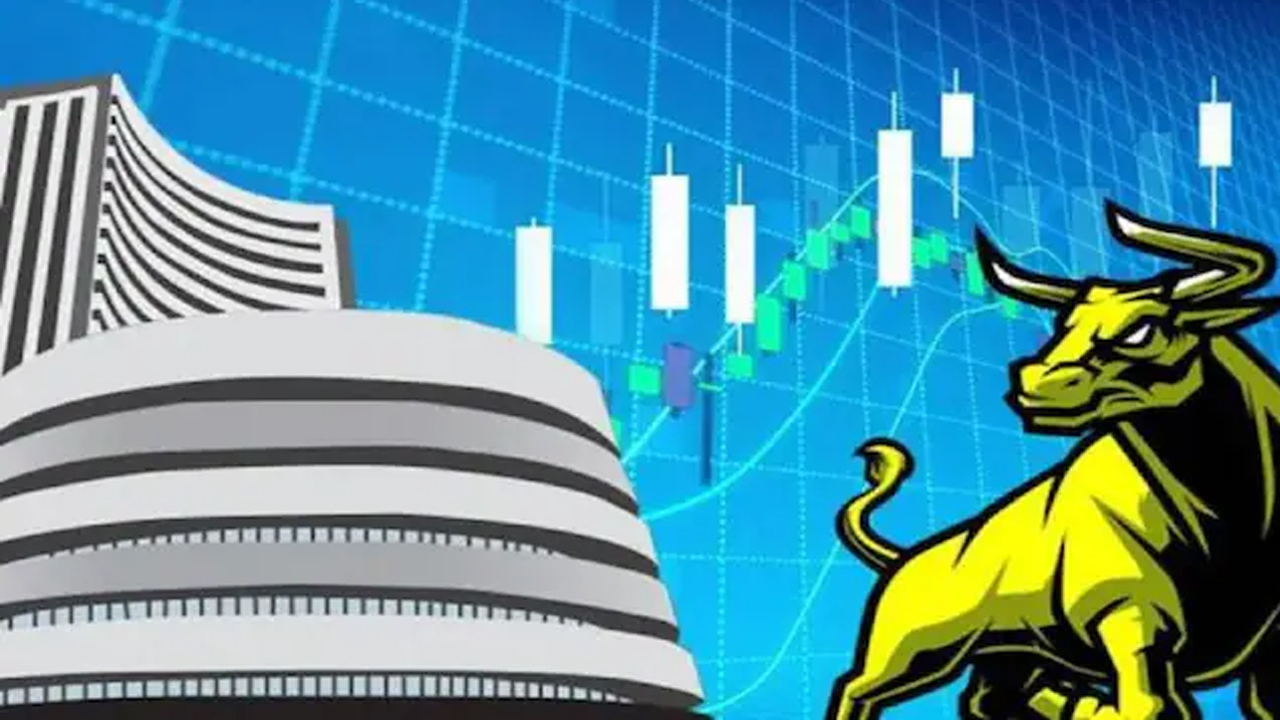
The Indian stock market started in 1986 and since then its entire journey has been amazing. In 2006, when the Sensex reached the level of 10,000 for the first time and it took more than 2 decades to achieve this milestone, in 2007 it took only one year to double i.e. to reach 20 thousand from 10 thousand. The S&P BSE Sensex crossed the level of 20 thousand in December 2007.
As soon as investors expressed happiness over this achievement of Sensex, their entire excitement turned into disappointment. The effect of the global financial recession was seen all over the world including India and during 2008-10, the Sensex saw a decline of 61 percent (-61%). Maximum drawdown is the measure of the biggest decline in the value of an investment from its peak to the lowest point in a fixed period. It shows that if you bought at the highest point i.e. peak and sold at the lowest point, then you could have suffered the biggest loss.
Due to the recession, many investors got scared and during that time they became nervous about making a decision about making a new investment in the market or exiting the investment. When the world recovered from this shock of recession, in 2 years i.e. by 2010, the Sensex once again reached its previous high level. It took the Sensex a decade to rise from 20,000 in 2007 to 30,000 in 2017, i.e., to gain 10,000 points. In September 2024, the Sensex will reach a new milestone by touching the 85,000 level. This growth reflects the broad economic changes in the Indian economy. India's weightage in the MSCI Emerging Markets Index has increased from about 6% a decade ago to 20% in 2024. (Source: MSCI). Recently, India (2.35%) overtook China (2.24%) to become the sixth largest market in the MSCI Global Index. Due to the heavy investments made by domestic investors in recent times, the number of days taken to recover from a fall is decreasing, so investors waiting for time are at risk of missing out on the market rally. It is very difficult to predict the market movement, but it has often been proven that investing during a downturn can give better returns to investors who have the patience to deal with the volatility and trust in the market. Hence, the best way is to invest during a downturn. We examined some data from January 2006 to September 2024 to find out the impact of an investor staying invested during the best outperforming days for the Sensex compared to staying invested during this period. The table below shows the returns generated by different groups of investors (periods of staying out and missing the best days). Apparently, those who stayed invested and showed patience over the 18-year period generated returns at a CAGR of 14%. Even missing the 5 best days can hurt your portfolio with a 3% lower return, while those who missed the 50 best days saw a negative 1% (-1%) return, i.e., their returns went into the negative. An easy way to overcome this challenge is to invest through a Systematic Investment Plan (SIP) so that you don't miss out on the best days for the market. For most investors, this way of investing takes the "timing the market" aspect out of the entire equation.
Read More: Circuit Filter Change: BSE imposed new circuit filters on these 35 stocks from Monday.
--Advertisement--

 Share
Share



